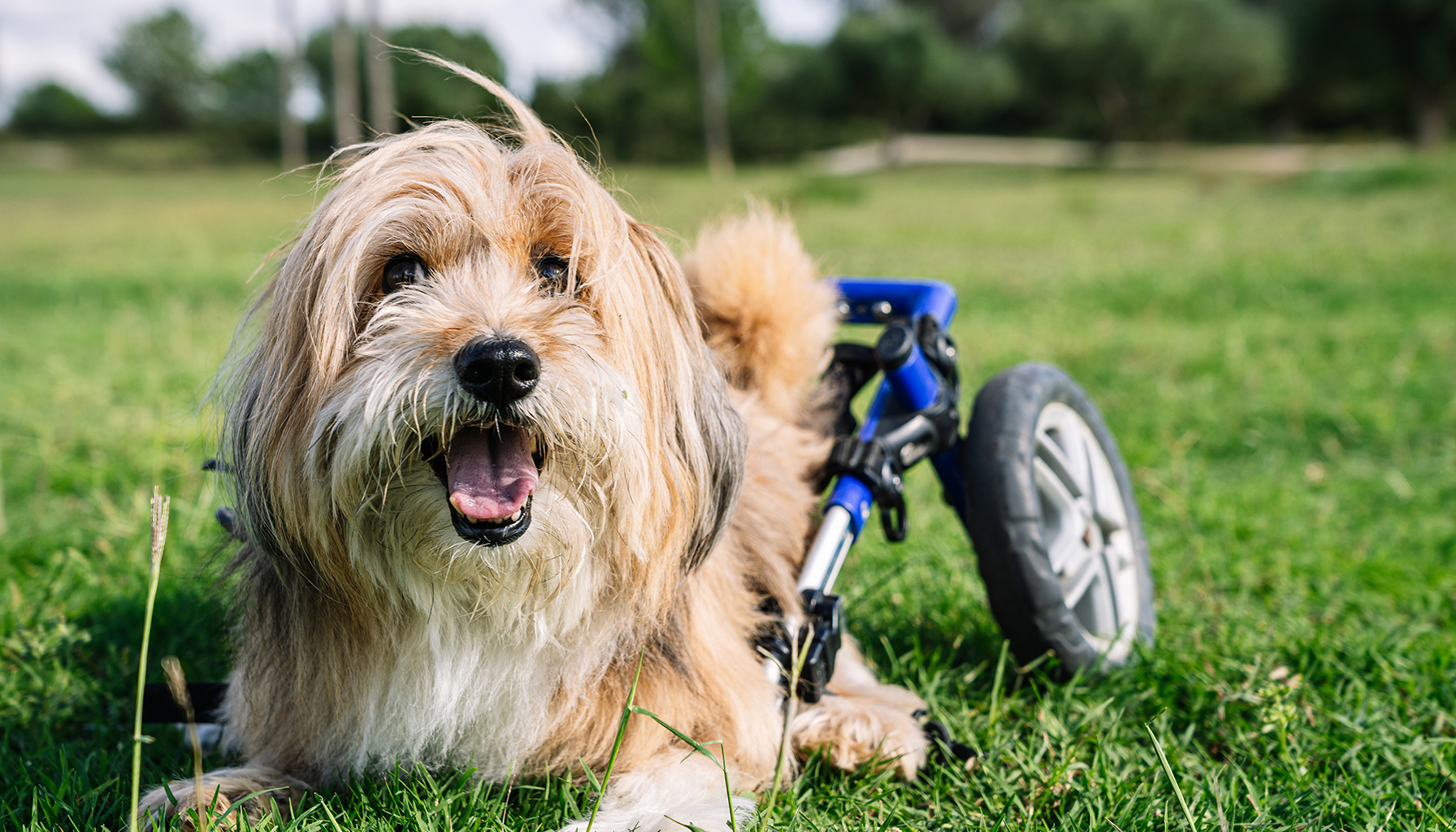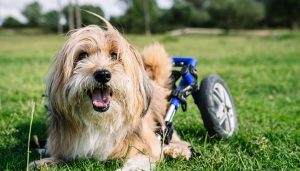Home>Health & Wellness>Natural Remedies & Alternatives>Alternative Therapies>Physical Therapy for Dogs with Arthritis: A Guide to Pain Relief and Mobility


Alternative Therapies
Physical Therapy for Dogs with Arthritis: A Guide to Pain Relief and Mobility
Modified: February 21, 2024
Learn how physical therapy can help your aging pup, as well as the effective exercises and massage techniques that are proven to reduce joint pain and improve mobility.
(Many of the links in this article redirect to a specific reviewed product. Your purchase of these products through affiliate links helps to generate commission for Pawsomeoldies.com, at no extra cost. Learn more)
Understanding Arthritis in Dogs
Arthritis, a common ailment in aging dogs, causes joint pain and reduced mobility, greatly impacting their quality of life. However, hope is not lost for our furry friends. Physical therapy, specifically designed for dogs with arthritis, offers a path to pain relief and improved mobility. This post delves into effective physical therapy techniques, including exercise and massage, that can significantly improve the lives of dogs suffering from arthritis.
The Role of Exercise in Managing Canine Arthritis
Regular exercise is crucial for dogs with arthritis. While it may seem counterintuitive to encourage movement in a dog experiencing joint pain, controlled exercise helps maintain muscle strength and joint flexibility. It’s important to tailor the exercise routine to your dog’s specific needs. Generally, 15 to 20 minutes of exercise twice daily is beneficial, avoiding the strain of longer, 40-minute walks. Low-impact activities such as short walks, gradually increasing to 10 or 15 minutes three to four times per day, are ideal. Consistency is key, ensuring the routine is followed daily without high-impact activities like running or jumping.
Massage: More Than Just Relaxation
Massage therapy plays a significant role in a comprehensive physical therapy plan for dogs with arthritis. While not an exercise per se, massages offer substantial benefits. They help reduce muscle tension, improve circulation, and enhance joint flexibility. Certified Canine Rehabilitation Therapists are skilled in developing massage routines that target arthritis-affected joints, providing relief and aiding in your dog’s exercise regimen.
Incorporating Manual Therapy and Alternative Treatments
Manual therapy, akin to techniques used in human physical therapy, is another vital component. It includes joint mobilization, soft tissue mobilization, and stretching, all aimed at relieving pain and improving joint motion. Additionally, physical rehabilitation for arthritis may involve hands-on techniques, combined with alternative treatments like cold and heat therapy, laser treatment, electrical stimulation, shock wave treatment, and acupuncture, always under a veterinarian’s recommendation.
Creating a Sustainable Routine for Your Arthritic Dog
Establishing a sustainable routine is crucial for the effectiveness of physical therapy in dogs with arthritis. It involves a blend of exercises, massages, and potentially other recommended treatments. Remember, the goal is to enhance your dog’s quality of life without causing additional stress to their joints.
The Importance of Veterinary Guidance
Always seek advice from your veterinarian before starting any new exercise or therapy routine. They can provide guidance on the most suitable exercises and therapies for your dog’s specific condition. It’s essential to remember that every dog is unique, and what works for one may not work for another.
Embracing a Holistic Approach to Canine Arthritis Management
Managing arthritis in dogs requires a holistic approach, combining physical therapy with proper nutrition, weight management, and regular veterinary check-ups. This comprehensive strategy ensures that your dog receives the best possible care, targeting not just the symptoms but the overall well-being.
Final Thoughts on Enhancing Your Dog’s Life with Physical Therapy
Physical therapy for dogs with arthritis is more than just a treatment; it’s a commitment to improving your canine companion’s quality of life. By incorporating regular exercise, massage, manual therapy, and following professional veterinary advice, you can help your dog navigate the challenges of arthritis with greater ease and comfort. Remember, each step you take in this journey brings your furry friend closer to a happier, more pain-free life.
